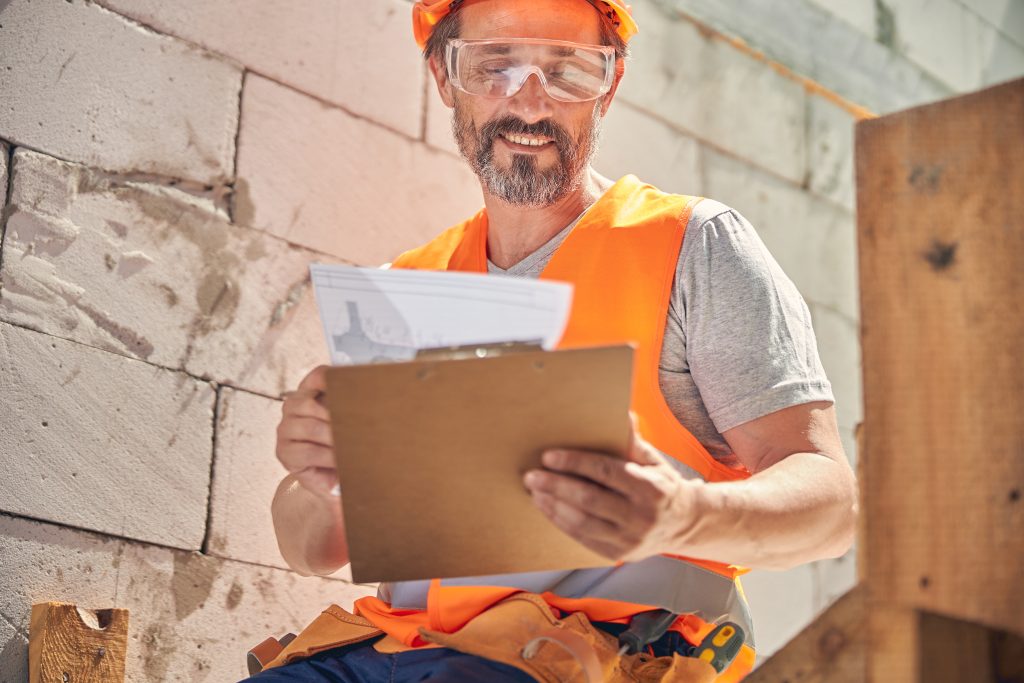Fire dampers are typically held open by a fusible link. This is a device that releases a fire damper to close the vent when a set temperature is reached. To test the dampers, the fusible link can be released manually. All fire dampers should close fully when the fusible link is released. In an emergency situation, if this link fails to operate, then smoke and fire will continue to spread.
After each fire damper has been activated and seen to be working properly, it will then be reset. If they are not working they should be replaced immediately. Any delay in replacing faulty dampers increases the risk of fire and means that you a no longer compliant with the regulations.


